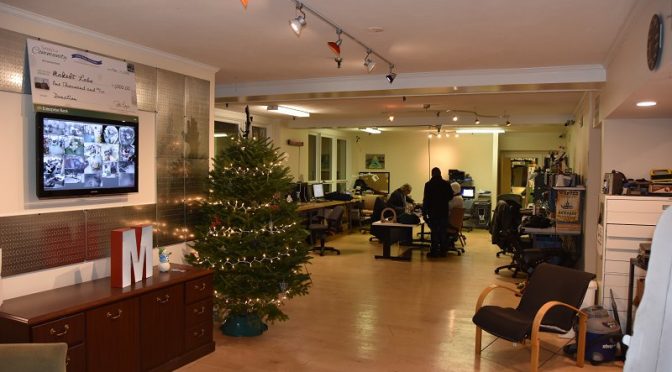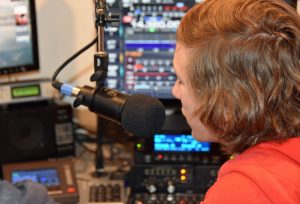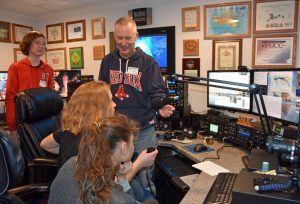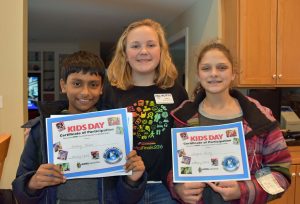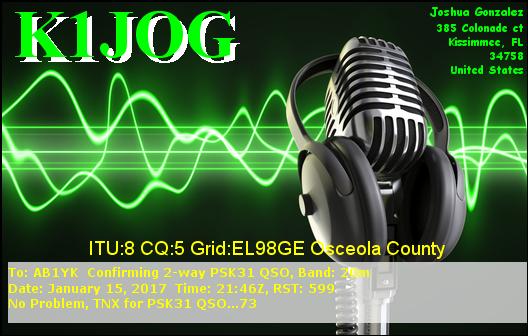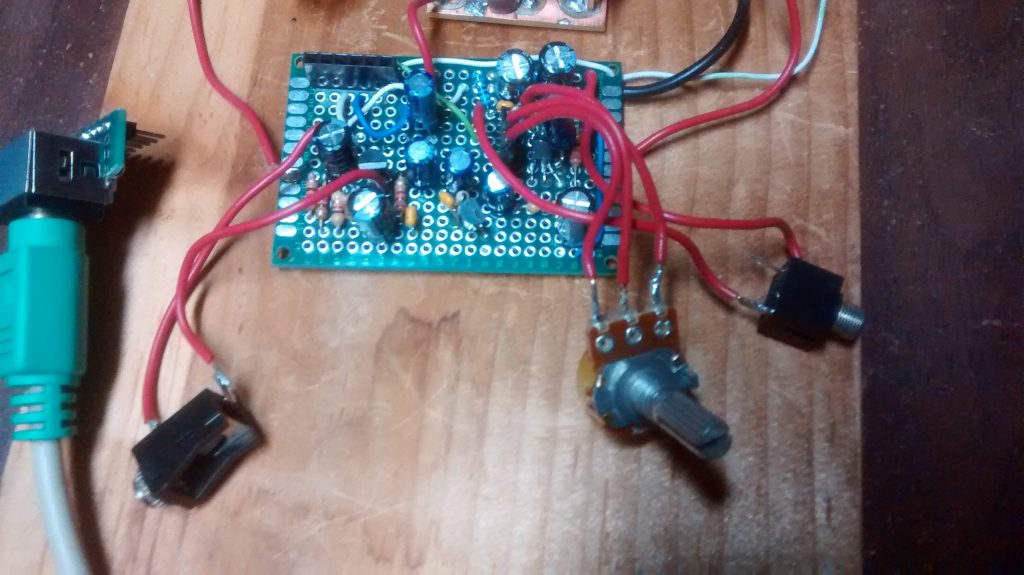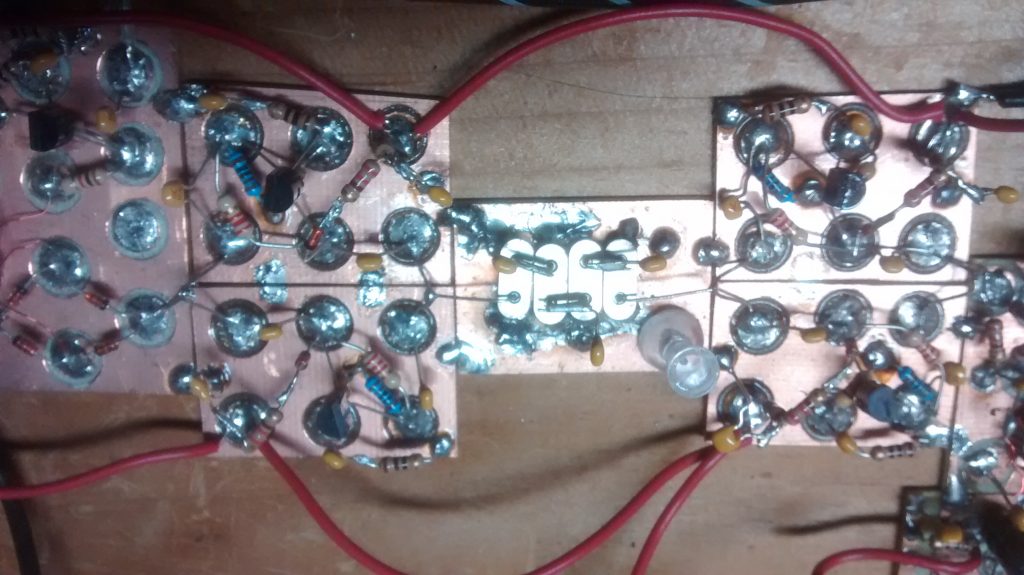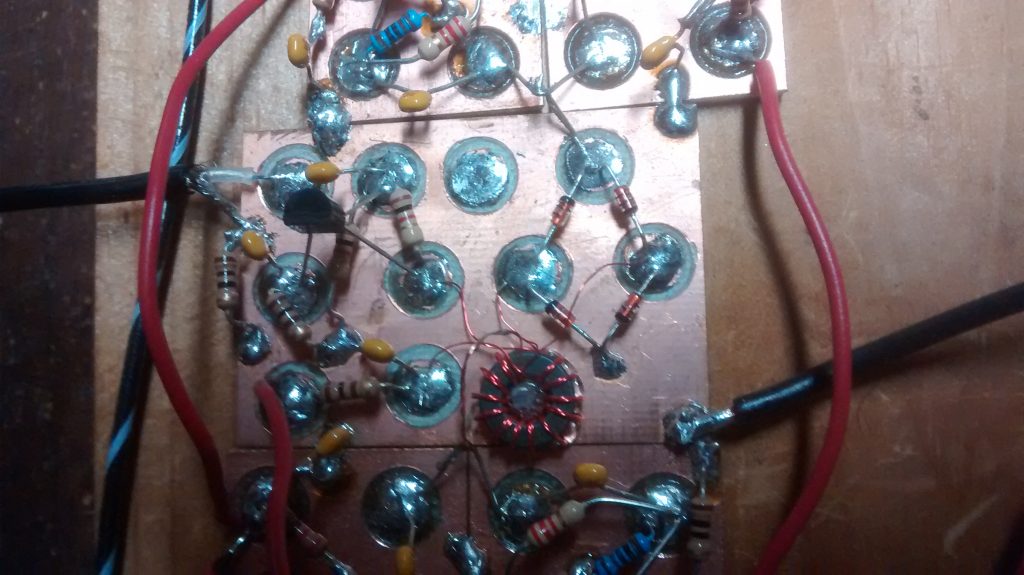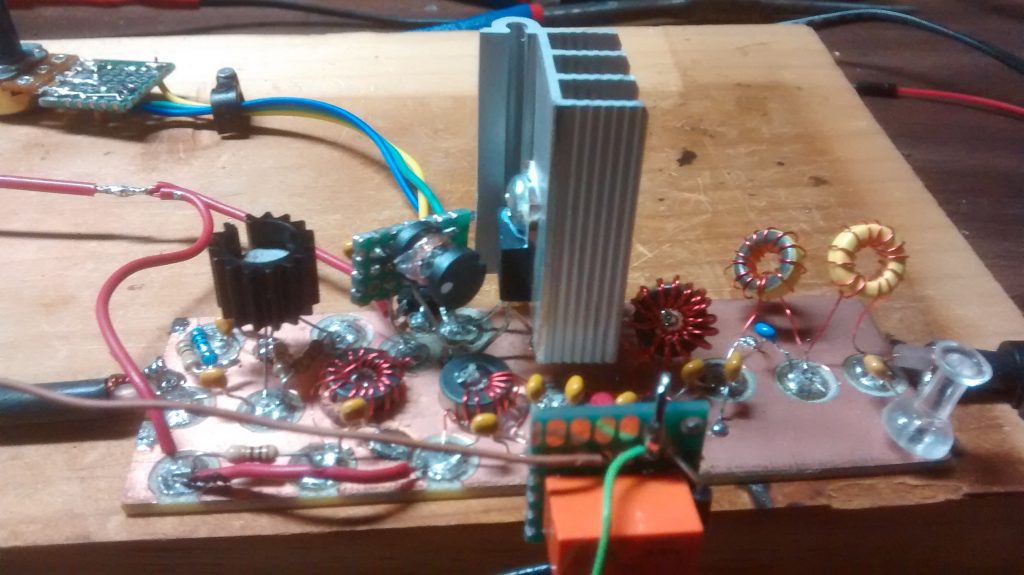On Saturday, January 28th the Nashua Area Radio Club (Nashua ARC) will be hosting a special event for Interested kids, parents, and friends in the community about the joy of amateur radio at MakeIt Labs in Nashua from 9:00 am – 3:00 pm. You may drop in at any time and stay as long as you like to participate! Among our activities, you can:
Get-On-The-Air Station (GOTA)
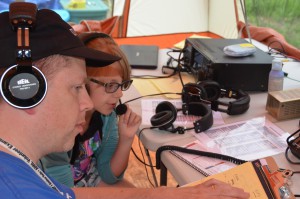 This is amateur radio at its best and what it’s known for! We invite you to get on the air and make a contact (we call them QSO’s — pronounced: cue-so) somewhere in the world! You might be able to make a new friend in Germany or even Japan! Making contacts sits at the heart of amateur radio and is an activity that brings people together. So don’t be shy, step up, and hit the push-to-talk button!
This is amateur radio at its best and what it’s known for! We invite you to get on the air and make a contact (we call them QSO’s — pronounced: cue-so) somewhere in the world! You might be able to make a new friend in Germany or even Japan! Making contacts sits at the heart of amateur radio and is an activity that brings people together. So don’t be shy, step up, and hit the push-to-talk button!
Satellite Station Display
 The Radio Amateur Satellite Corporation (AMSAT) began in 1969 to foster amateur radio participation in space research and communication. Currently, AMSAT groups help advance the state of the art in space science, space education, and space technology. Come learn about what components go into constructing a station capable of contacting a satellite and what antennas, and smart phone apps, operators use to keep a pulse on the satellite location.
The Radio Amateur Satellite Corporation (AMSAT) began in 1969 to foster amateur radio participation in space research and communication. Currently, AMSAT groups help advance the state of the art in space science, space education, and space technology. Come learn about what components go into constructing a station capable of contacting a satellite and what antennas, and smart phone apps, operators use to keep a pulse on the satellite location.
Digital Amateur Television (DATV)
 Not only are amateur radio operators granted privileges to transmit speech, but we also can send fast-scan data such as TV signals! Many operators have experimented with how to homebrew their own fast-scan TV stations, and our club president Fred (AB1OC) and our member Skip (K1NKR) have chosen to use construct a station which uses a Raspberry Pi (RPi) with an Arduino shield to sit at the heart of the transceiver. The RPi is the brains of the TV which runs Linux and among other things is responsible for sequencing, transmit/receive control, automatic VSWR monitoring, and a touch-screen controlling interface to configure and operate the system. Learn about what it takes to build and operate one of these stations. We may even be able to make a contact! More information can be found at https://stationproject.wordpress.com/category/amateur-television/.
Not only are amateur radio operators granted privileges to transmit speech, but we also can send fast-scan data such as TV signals! Many operators have experimented with how to homebrew their own fast-scan TV stations, and our club president Fred (AB1OC) and our member Skip (K1NKR) have chosen to use construct a station which uses a Raspberry Pi (RPi) with an Arduino shield to sit at the heart of the transceiver. The RPi is the brains of the TV which runs Linux and among other things is responsible for sequencing, transmit/receive control, automatic VSWR monitoring, and a touch-screen controlling interface to configure and operate the system. Learn about what it takes to build and operate one of these stations. We may even be able to make a contact! More information can be found at https://stationproject.wordpress.com/category/amateur-television/.
Kit Building with Nashua ARC
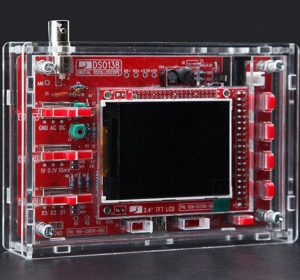 The Nashua ARC holds kit-building nights were both inexperienced and experienced members homebrew in a relaxed, learning environment. In the past, we have built Pixie QRP (low-wattage) kits transmitting Morse Code on the 40m amateur band. But, on February 18 from 1 – 5 pm, First Church in Nashua, Nauss Hall, we will build the digital oscilloscope kit DSO138 (shown to left). This kit comes with a clear acrylic case to protect it, build instructions, and among its specs has a 1 Msps sampling rate, 12-bit accuracy, 200 kHz bandwidth (good for audio signals), capable of freezing the waveform display, and comes with a 1Hz / 3.3V test source. We invite you to join us and will bring some kits with us. More info can be found on our website at https://www.n1fd.org/2016/03/27/inexpensive-diy-digital-oscilloscope-kit/.
The Nashua ARC holds kit-building nights were both inexperienced and experienced members homebrew in a relaxed, learning environment. In the past, we have built Pixie QRP (low-wattage) kits transmitting Morse Code on the 40m amateur band. But, on February 18 from 1 – 5 pm, First Church in Nashua, Nauss Hall, we will build the digital oscilloscope kit DSO138 (shown to left). This kit comes with a clear acrylic case to protect it, build instructions, and among its specs has a 1 Msps sampling rate, 12-bit accuracy, 200 kHz bandwidth (good for audio signals), capable of freezing the waveform display, and comes with a 1Hz / 3.3V test source. We invite you to join us and will bring some kits with us. More info can be found on our website at https://www.n1fd.org/2016/03/27/inexpensive-diy-digital-oscilloscope-kit/.
We hope you will join us for our event! Please bring friends, family, but most importantly we want you to have fun and enjoy this hobby with us!!
Contact Information
Brian Smigielski (AB1ZO): [email protected]
Jamey Finchum (KC1ENX): [email protected]

